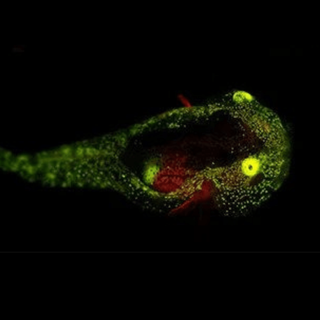Scientists have discovered a distinct pattern of sailor jellyfish, or velella, washing ashore and dying on beaches around the world. The dead fish number in the trillions, and the culprit is a recurring marine heatwave. Research findings, supported by 20 years of observations from thousands of citizen-scientists, were published in Marine Ecology Progress Series.
“On the water, velella are beautiful, fragile creatures. When they wash ashore, these jellies quickly dry to the consistency of potato chips. During a mass stranding, it’s like walking on a crunchy carpet,” Julia Parrish, Ph.D., a study author and professor in the University of Washing School of Aquatic and Fishery Sciences in the U.S., said in a statement.
As warmer winters are expected to increase with climate change, these findings could have clear implications not only for this jellyfish species but also for the fish they eat and the beaches where they become stranded and die.
Researchers used a global citizen-scientist database put together by an organization called the Coastal Observation and Seabird Survey Team to survey nearly 500 reports of jellyfish die-offs across almost 300 beaches.
From the data, researchers discovered these die-offs usually occur in spring, as the direction in which the wind blew changed, pushing the jellies toward the shore. However, a significantly larger die-off between 2003-2005 and again in 2015-2019, in a two-week window between March and April, coincided with a marine heatwave phenomenon known as The Blob. This heatwave is caused by low surface water circulation in the ocean, leading to lower than usual heat transference from the sea to the atmosphere. The heatwave disrupts ecosystems and is well-known for also causing seabird, sea lion, and baleen whale die-offs. Now it appears to influence jellyfish die-offs, too.
Related on The Swaddle:
Mass Bird Deaths Are Increasing in Frequency and Magnitude. Why?
There is a surprising upside to this depressing die-off story, however. While sailor jellyfish deaths are up, that’s likely because the population overall is flourishing. Warmer winters over the past few years have created calmer, less windy ocean waters, leading to an increase in the population of the jellyfish in the ocean — which is also why there have been more jellyfish dying in the spring.
“This paper and our data really do suggest that in a warming world, we’re going to have more of these organisms — that is, the ecosystem itself is tipping in the direction of these jellies because they win in warmer conditions,” Parrish said. “A changing climate creates new winners and losers in every ecosystem. What’s scary is that we’re actually documenting that change.”




